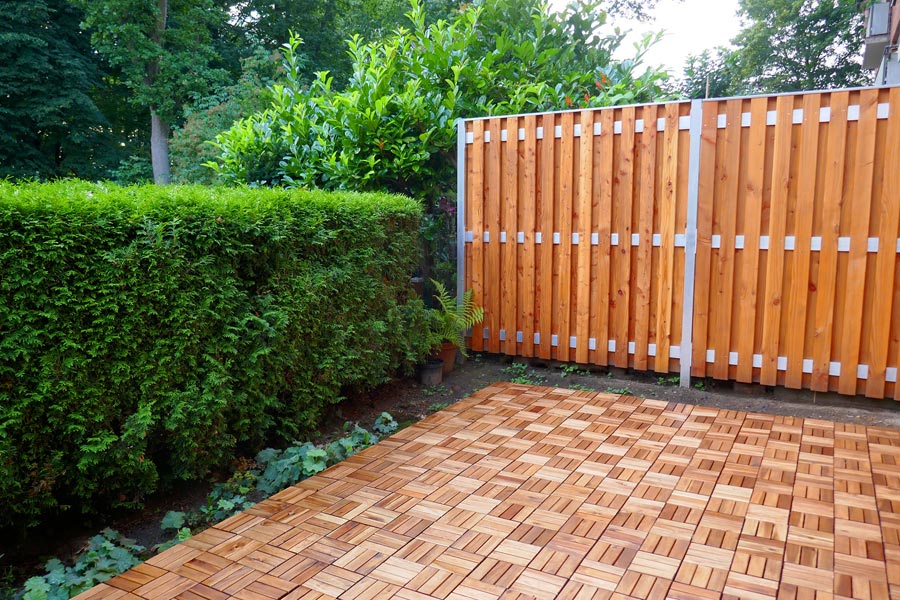Ever thought about ditching the traditional fence for something more lush, green, and alive? Natural fencing is not just a barrier; it’s a living, breathing addition to your garden that brings privacy, beauty, and harmony to your outdoor space. Today, we’ll dive into how you can use plants to create your very own green privacy screen.
Living Fence Options
Imagine a fence that grows more robust and more beautiful each year. Hedgerows, those dense, bushy barriers, aren’t just for the countryside anymore. By integrating a mix of shrubs and trees, you can fashion a privacy screen that’s as tough as it is charming. Bamboo, with its lofty height and quick growth, offers an excellent solution for urban spaces needing a fast privacy fix. For those with a bit more patience, training trees like espaliered apples can sculpt a living wall that’s both fruitful and functional.
Climbing Plants and Vines
Now, let’s climb a bit higher with vines and climbers! Draping a pergola with climbing roses not only shields you from prying eyes but bathes your space in color and scent. Clematis vines, with their vibrant blossoms, turn any dull fence into a vertical garden spectacle. And don’t overlook the humble honeysuckle; its rapid growth and sweet fragrance make it a dual delight, perfect for filling in those gaps along a fence or trellis quickly.
Grasses and Ornamental Plants
Not a fan of the climbers? Then let’s talk grasses. Tall, swaying stalks of pampas grass can create a soft, whispering screen that moves with the wind, offering privacy while keeping things light and airy. Bougainvillea, with its vivid blooms, adds a splash of color while ensuring your garden stays secluded.
Landscape Features for Privacy
If you’re looking to combine structure with greenery, why not consider a pergola or arbor? These wooden frameworks can be festooned with vines, creating a lush, green canopy. Or, if you prefer something more grounded, how about a rock garden? Intersperse large stones with plants for a rugged, natural look that keeps things private yet picturesque.
Maintenance and Care Tips
To keep your green barriers lush and dense, select plants adapted to your local climate and soil. Regular pruning and training will keep them manageable and in the shape you desire. Don’t forget to water and fertilize appropriately to keep your living fence healthy and vibrant.
Conclusion
Natural fencing is more than just planting a few bushes along your property line; it’s about crafting a living boundary that grows and evolves with your garden. Whether you use tall grasses, fragrant vines, or robust trees, each element of your natural fence plays a part in creating a private oasis.
Ready to green your screens? Stop by LTD Nursery Landscaping for a consultation or visit our website to see how we can transform your outdoor spaces into private, plant-filled paradises. Share your experiences or get inspired by our portfolio of past projects. Let’s make your garden a secluded sanctuary together!



